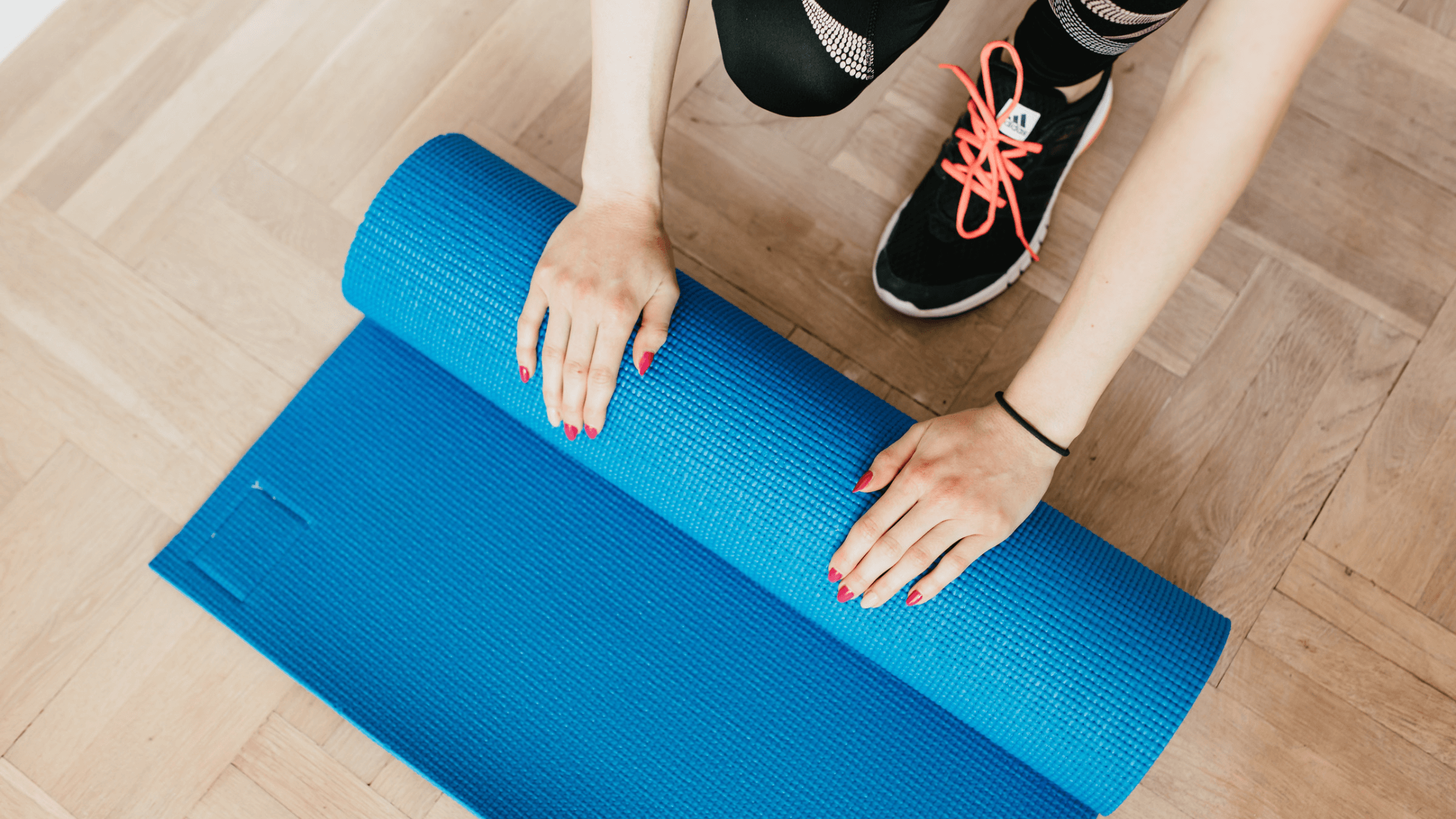5 Common Myths and Misconceptions About Pilates: Debunked

PT, DPT // Licensed Physical Therapist // CoreAlign Instructor // Lead Pilates Instructor // EW Motion Therapy Homewood
Pilates is a popular exercise form that has gained much attention recently. It is known for its focus on core strength, flexibility, and posture. However, many myths and misconceptions surrounding Pilates can make it difficult for people to know what to expect. How hard is it? Can I do Pilates if I’m not super fit? It is easy to get bogged down by these questions and more and never even try Pilates. Pilates has benefits for anyone of any age or fitness level, and it can be a lifelong practice if you decide to put effort toward it. Our Pilates instructors at EW Motion Therapy want to give our clients the best experience tailored to their fitness level and goals. Even if you decide our services do not fit your needs, you can still read on to debunk five common myths and misconceptions about Pilates.
What are some myths about Pilates?
Myth 1: Pilates is only for women
One of the most common myths about Pilates is that it is a workout designed exclusively for women, but this is not true. Pilates was developed by a man, Joseph Pilates, in the early 20th century, and he initially designed it as a form of exercise for men. However, modern Pilates, as it is practiced today, suits men and women of all ages and fitness levels. Pilates is an excellent way for men to build strength, flexibility, and core stability, which can improve performance in sports and other physical activities. Additionally, Pilates can help men improve their posture, reduce the risk of injury, and alleviate stress and tension in the body.
Myth 2: Pilates is easy and not challenging
Another common misconception about Pilates is that it is an easy workout. While Pilates is a gentle, low-impact exercise on the joints, it can be challenging for even the fittest athlete for a few reasons.
Pilates exercises focus on building core strength, which requires concentration and control. Each movement requires a deliberate effort to engage core muscles, which can be difficult for beginners not used to this type of training. Pilates exercises are designed to work the entire body, not just one or two muscle groups. This means you may be using muscles you have not worked on before, which can lead to muscle soreness and fatigue.
Additionally, Pilates exercises often involve slow and controlled movements, making them more challenging than other forms of exercise involving faster, more explosive movements. This slow and steady approach helps to build endurance and strength over time, but it can be challenging to maintain this level of control throughout an entire Pilates session. Also, Pilates requires a lot of mental focus and concentration, making it mentally and physically challenging. To perform Pilates exercises correctly, you need to be able to tune out distractions and focus on the movement and the muscles you are engaging.
The key to success with Pilates is to keep pushing through - it will get easier over time and become a lifelong movement practice if you put in the effort.
Myth 3: Pilates only tones the abs
Many people believe that Pilates is only suitable for toning the abs. While Pilates is known for being an excellent workout for building core strength and toning the abdominal muscles, it is a full-body workout that can work all your major muscle groups. Pilates exercises focus on improving posture, increasing flexibility, building strength, and enhancing overall body awareness.
In addition to toning the abs, Pilates can also help to tone the arms, legs, hips, and back. Pilates exercises often involve using your body weight as resistance, and some activities may involve using small props like resistance bands or weights to increase the challenge.
Pilates is designed to be a balanced workout focusing on strengthening and lengthening muscles while improving mobility and flexibility. By incorporating various exercises that target different muscle groups, Pilates can help tone and strengthen your entire body, not just your abs.
Myth 4: Pilates is only for people who are already fit
Another myth about Pilates is that it is only for already fit people, which is untrue. Pilates can be modified to suit any fitness level, making it an ideal form of exercise for people just starting on their fitness journey or recovering from an injury.
Many Pilates exercises can be modified to make them easier or more challenging, depending on your needs and fitness level. For example, if you are a beginner, you may start with basic exercises focusing on building core strength and improving posture. As you become more comfortable with these exercises, you can gradually increase the difficulty level by adding repetitions, incorporating props like resistance bands or weights, or trying more advanced activities.
Myth 5: Pilates is only for young people
Some people believe that Pilates is only for young people. However, Pilates is an excellent exercise for seniors, as it is low-impact, adaptable to individual needs and abilities, and can help improve balance, flexibility, and overall strength.
Many Pilates exercises can be modified or adapted to suit the needs of seniors, taking into account any physical limitations or health conditions they may have. For example, exercises can be performed while sitting or lying down, and props like chairs, pillows, or resistance bands can help support and increase the challenge level as needed. Pilates can also help seniors to improve their posture, reduce the risk of falls, and alleviate joint pain or stiffness.
By focusing on controlled movements and breathing, Pilates can help seniors to build core strength, increase flexibility, and enhance overall body awareness. As with any exercise, seniors should consult with their healthcare provider before starting a Pilates program and work with a certified Pilates instructor with experience working with seniors.
How can I get started with Pilates?
Now you know how to debunk a few of the myths surrounding Pilates. Pilates offers many benefits, including improved core strength, flexibility, and posture, but it is vital to start small and work your way up to a more intense practice to reduce your risk of injury. Finding a Pilates instructor you trust is essential to your Pilates practice and can make the difference between only doing one class and continuing your practice for a lifetime.
Many myths and misconceptions surrounding Pilates can make it difficult for people to know what to expect from this type of workout. By addressing these, we want to encourage more people to try Pilates and experience its many benefits. We offer Pilates classes at our clinics, and our expert instructors consider it a privilege to be a partner in your wellness journey. If you are curious about what else Pilates can do for you, click the button below to download our answers to 20 frequently-asked Pilates questions.

